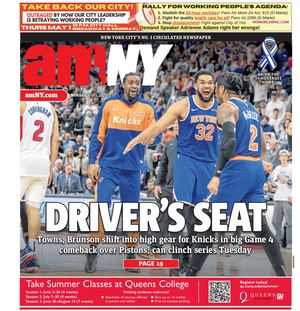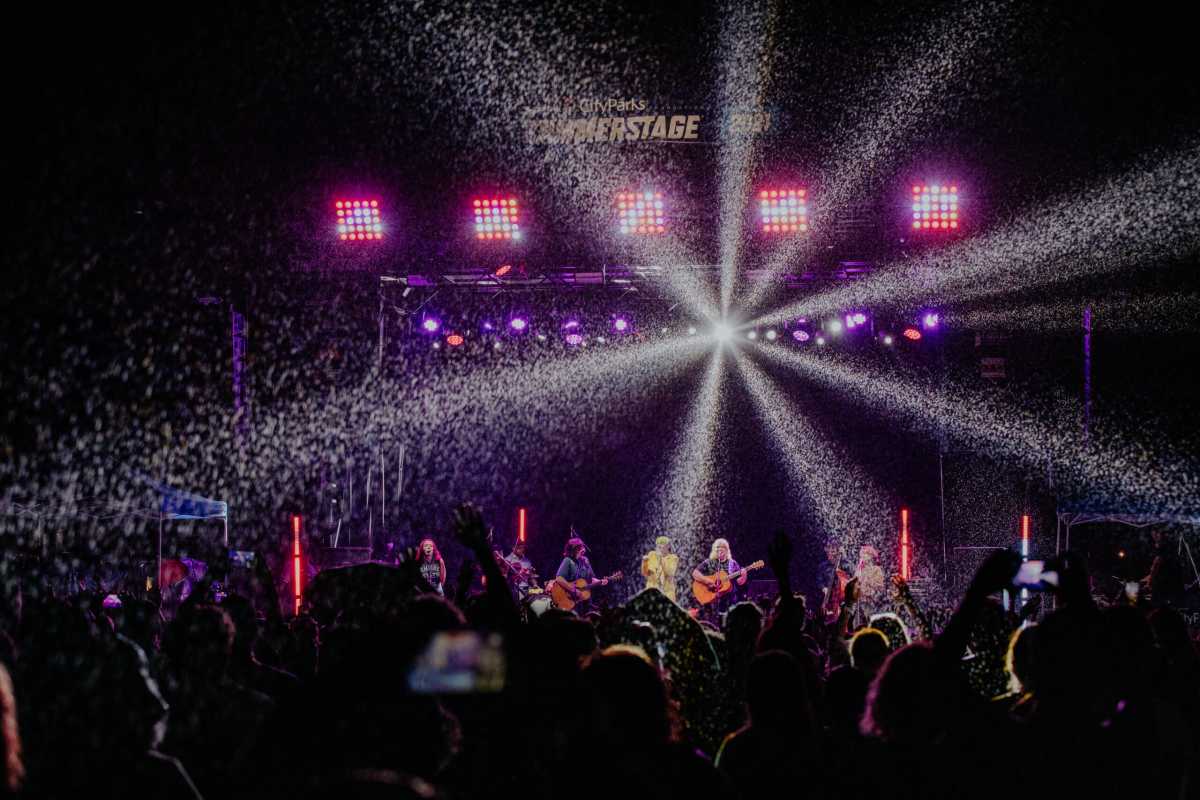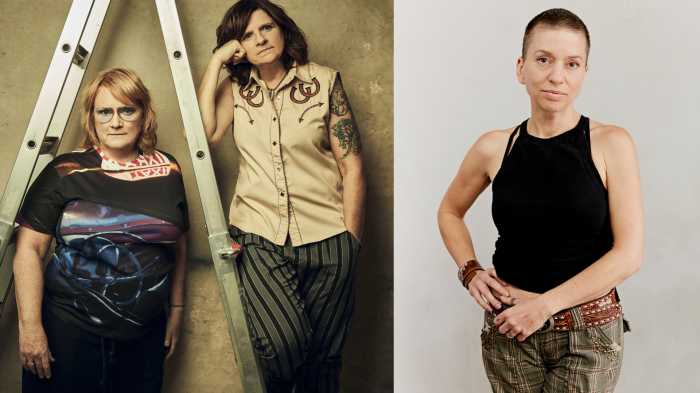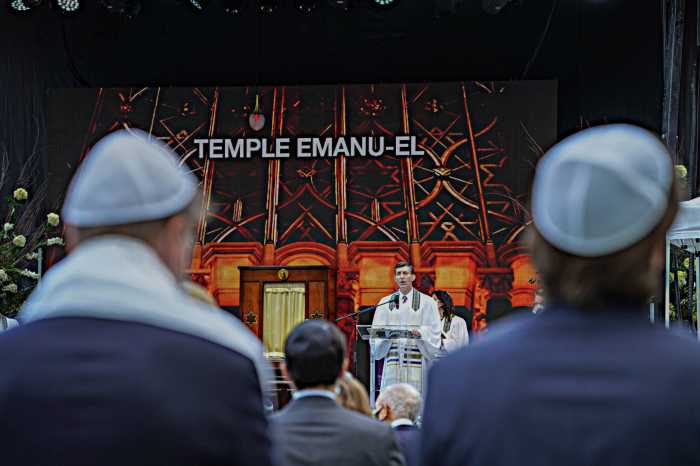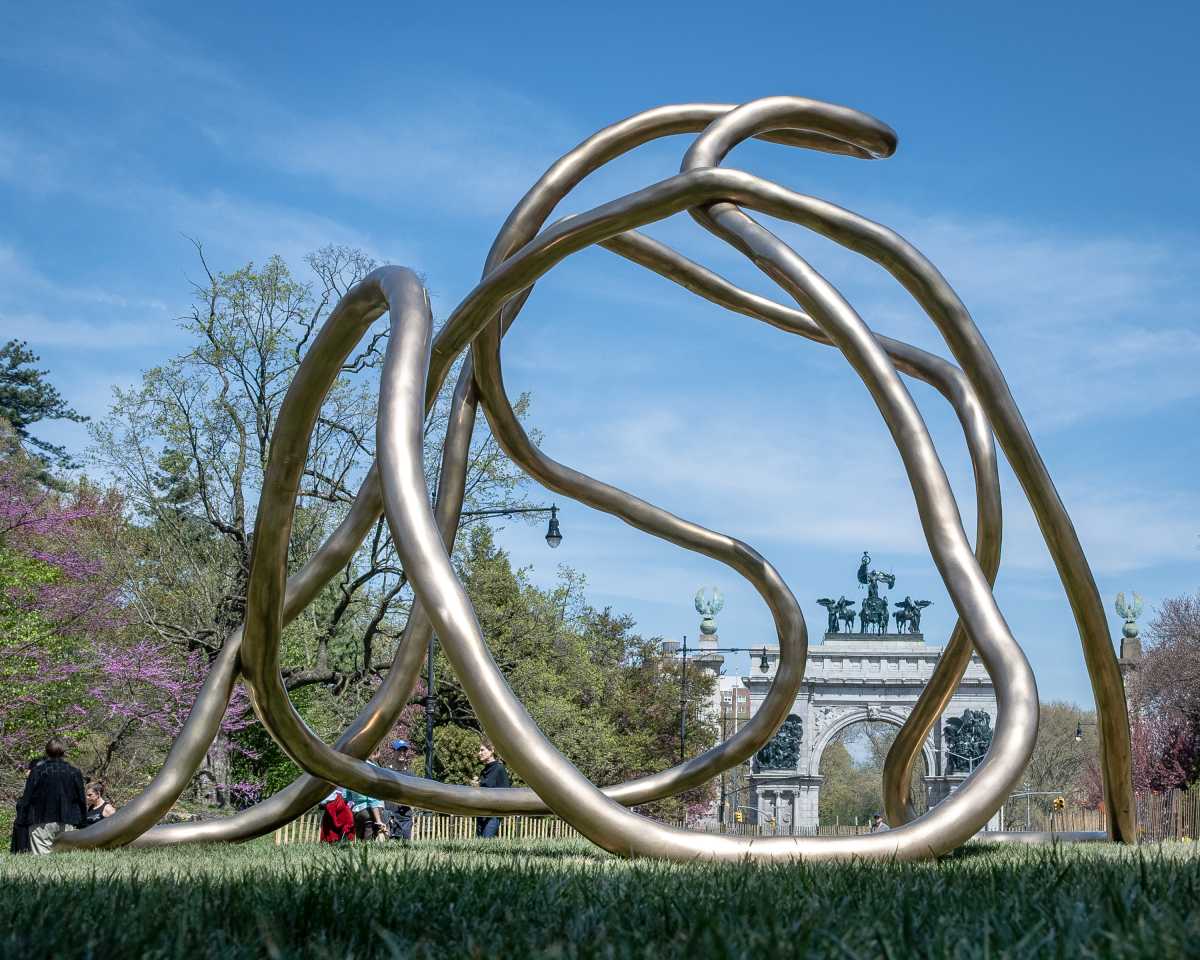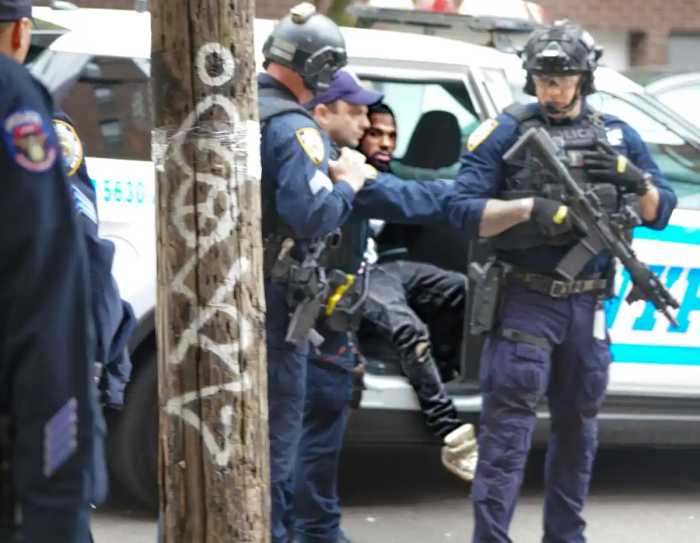For over 35 years, the City Parks Foundation’s SummerStage has been a staple in New York City’s live performing arts scene.
The festival aims to make live music and dance more accessible to New Yorkers with free programming throughout the summer, often highlighting a number of New York-based artists and groups. Representation is key for SummerStage, and they are committed to booking 50% or more women or non-male identifying artists for their stages.
Just as important to SummerStage is being intentional about where shows are presented.
“We try and speak to the moment and are really intentional about where we put our shows,” said Erika Elliott, Executive Artistic Director of SummerStage. “We present shows in Central Park and throughout the five boroughs. In Central Park, it’s a destination, so we’re presenting as wide a scope as possible. Throughout NYC, in the neighborhoods we present in, we’re thinking about what going to work for Bed-Stuy, or the Bronx, or Queens. What artists work that resonates with that neighborhood or are from the borough, or what genres are going to work there. We think regionally and what makes sense for that neighborhood.”
SummerStage has seen years of success with its festival model. Then, in March 2020, New York City went into lockdown due to the COVID-19 pandemic, leading SummerStage to shift gears to keep live music and dance alive during our summer inside. SummerStage took on the name SummerStage Anywhere and started offering livestream shows for New Yorkers to tune into throughout the season.
Elliott says that the whole organization had to essentially re-learn how to make the shows work because they couldn’t be held in person.
“It was an unpredictable time. We as a festival and organization exist to be in public and engage with New Yorkers. When you can’t do that work, how do you respond to the communities you serve?” said Elliott. “Virtual gave us the option to support communities by presenting culture and artists. As a programmer, it was important for me to support artists. As much as we as individuals were impacted, the livelihood of artists dried up. They couldn’t work, live booking is how they sustained themselves.”
What Elliott didn’t expect was how much community outreach there still would be as a result of the virtual shows. They saw an immense amount of global outreach as a result, allowing those who are outside of New York City to take part in the SummerStage experience.
“We saw it in particular with a Caribbean show we do every summer in Brooklyn. There’s always a great turnout, but now we were connecting with people around the world,” said Elliott. “We saw so much national pride. People were tuning in and connecting the global community. We didn’t expect that to happen.”
Following the success with virtual performances, SummerStage continued to offer livestreaming for shows even though in-person performances returned.
“What’s the future when your purpose is to do live shows? How do you integrate what you’ve done into that? We had a bit of that already this year, the model was going back to in-person but including livestreaming,” said Elliott. “In the future, not everyone is going to be in New York. We’ve become very global. While New York artists are at the center of who we are, we can now do big shows that not just New Yorkers can tune in and watch their favorite artists.”
Also, those of us who may not be 100% comfortable in crowds just yet can still enjoy future SummerStage performances from the comfort of home with livestreaming.
“This summer, live music was happening all the time, not everybody is there yet. They’re not ready to be in a crowd and park,” said Elliott. “So whether the person is not in New York or also in New York and want to see something but aren’t not quite ready to do that, that more options and flexibility to engage in the festival.”
Planning is already underway for the 2022 SummerStage season. A complete lineup is expected to be announced in the spring, but for now New Yorkers can look forward to some great showcases that will be put on by SummerStage this winter.
“We have artists showcasing in January and we are so excited,” said Elliott. “Terrence Blanchard is coming back and playing with E-Collective and the Turtle Island Quartet. He had a phenomenal year, we have been proud to present him in the past and bring him back, it’s great to have someone like that to have long-term relationships with artists.”
Though the schedule has yet to be finalized for next summer, Elliott says that there is a lot to look forward to.
“Artists were able to sit still and be thoughtful and spend time working on their craft. They couldn’t tour or hit the road,” said Elliott. “This could be a Rennaisance of sorts, we are going to get some great projects out of this. I don’t know who that is yet, but I do think we’ll see some amazing music, dance, and culture bc artists have time to think about what they want to do. Art is such an important response to the time.”
Stay up to date on the latest from SummerStage, visit summerstage.org.
